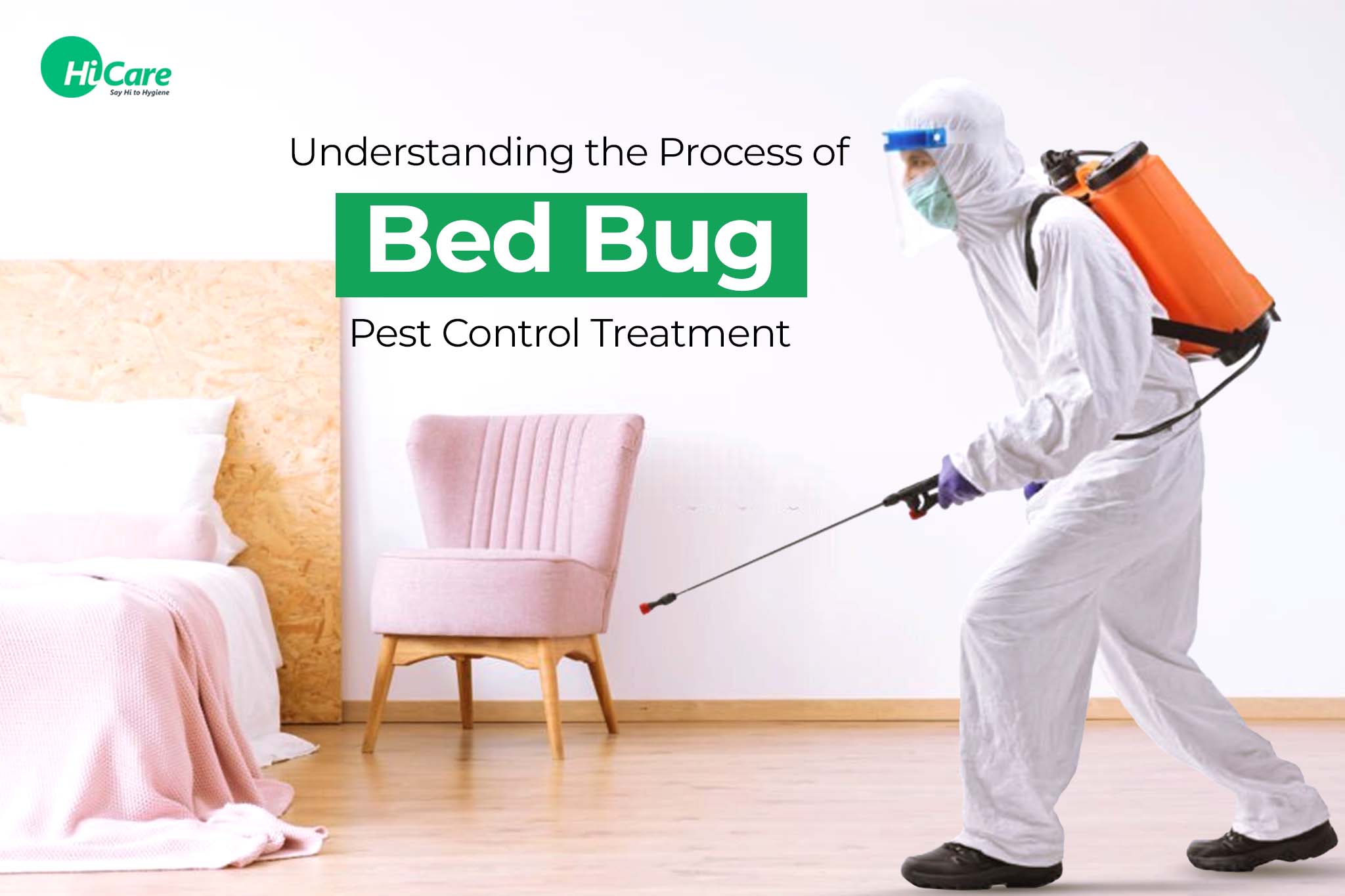Comprehensive A1 Bed Bug Extermination in Houston Location
Comprehensive A1 Bed Bug Extermination in Houston Location
Blog Article
Recognizing the Lifecycle of Parasites for Targeted Control Approaches
Understanding the lifecycle of pests is a fundamental aspect of reliable parasite monitoring methods. Through a deeper understanding of exactly how insects prosper and develop, tailored control approaches can be created to address certain points in their lifecycle, inevitably leading to more effective pest administration results.
Importance of Comprehending Parasite Lifecycle
Comprehending the lifecycle of parasites is necessary for developing effective and targeted control techniques in parasite administration. By understanding the numerous stages an insect undergoes from egg to adult, insect control experts can recognize vulnerable points in the lifecycle where treatment can be most effective. Understanding when larvae are most energetic can help identify the optimum timing for using larvicides. Additionally, comprehending the life-span of an insect types can aid in predicting population growth patterns and prospective problem risks.
Furthermore, identifying the particular environmental conditions required for every phase of the pest's lifecycle can lead choices on habitat adjustment or exemption methods to decrease and interrupt the lifecycle bug populaces. This expertise makes it possible for pest monitoring specialists to apply aggressive measures instead of counting only on responsive therapies, leading to even more lasting and long-lasting insect control services. Eventually, a comprehensive understanding of insect lifecycles equips bug control professionals to tailor their strategies effectively, maximizing and reducing environmental influences control results.
Secret Stages in Bug Development
To effectively implement targeted control strategies in pest management, an essential element lies in thoroughly determining and understanding the essential stages in pest growth. Parasite growth commonly consists of several key phases that are critical for their lifecycle and monitoring.

Vulnerabilities in Parasite Lifecycle
Throughout the numerous phases of an insect's lifecycle, distinct susceptabilities emerge that can be purposefully targeted for reliable control steps. One vital vulnerability hinges on the egg phase, where bugs are frequently more at risk to particular pesticides or organic control representatives as a result of their soft outer shell, making them simpler targets for intervention. Additionally, the nymph or larval stage offers vulnerabilities as bugs undergo fast development and development, calling for high energy usage that can be manipulated by disrupting their food resources or introducing growth preventions. Pupal phases, defined by immobility and makeover, provide a home window for targeted control through physical obstacles or particular treatments that impede effective development. Lastly, grown-up parasites, while more resilient as a result of their reproductive ability, can still be prone during mating or egg-laying tasks, which can be interrupted via scent catches or sanitation methods. Recognizing these susceptabilities in the parasite lifecycle is vital for establishing reliable and accurate control techniques that properly take care of parasite populaces while reducing environmental effect.
Applying Targeted Control Actions

Carrying out targeted control steps typically includes a multi-faceted method. This might include habitat adjustment to make the environment much less congenial to parasites, such as eliminating standing water for mosquito control or securing entry factors for rodents. In addition, biological control approaches can be utilized, where all-natural predators or pathogens are presented to keep pest populaces in check.
Integrated Insect Monitoring (IPM) techniques that combine various control actions in a collaborated and sustainable manner are typically the most efficient in achieving long-term parasite monitoring objectives. By executing targeted control measures based on a detailed understanding of parasite lifecycles, bug populations can be effectively managed while lessening dangers to human health and the setting.
Boosted Insect Management Practices

In addition, Extra resources the consolidation of organic control agents, such as all-natural killers or microorganisms of parasites, can help in reducing dependence on chemical pesticides and promote an extra balanced environment. Executing physical obstacles and traps can additionally belong to boosted pest administration practices, using non-toxic and targeted options for parasite control. Furthermore, using scents and various other semiochemicals can disrupt pest mating patterns and interaction, leading to decreased bug populaces in time.
Final Thought
To conclude, comprehending the lifecycle of parasites is essential for reliable pest administration strategies. By determining essential phases in pest advancement and susceptabilities in their lifecycle, targeted control actions can be implemented to minimize insect populaces. Boosted pest monitoring practices can assist minimize the dependence on broad-spectrum chemicals and advertise even more lasting and eco pleasant insect control approaches. This knowledge plays an important function in preserving healthy and balanced communities and agricultural efficiency.
Comprehending the lifecycle of insects is important for creating reliable and targeted control methods in bug management. By comprehending the different stages a A1 Bed bug Exterminator houston parasite goes via from egg to adult, insect control experts can identify at risk factors in the lifecycle where intervention can be most effective. Inevitably, an extensive understanding of bug lifecycles equips bug control experts to tailor their approaches effectively, reducing ecological influences and making the most of control results.
By executing targeted control measures based on a complete understanding of parasite lifecycles, insect populaces can be properly controlled while minimizing threats to human health and the atmosphere.
By recognizing key stages in insect growth and susceptabilities in their lifecycle, targeted control steps can be carried out to decrease pest populations.
Report this page